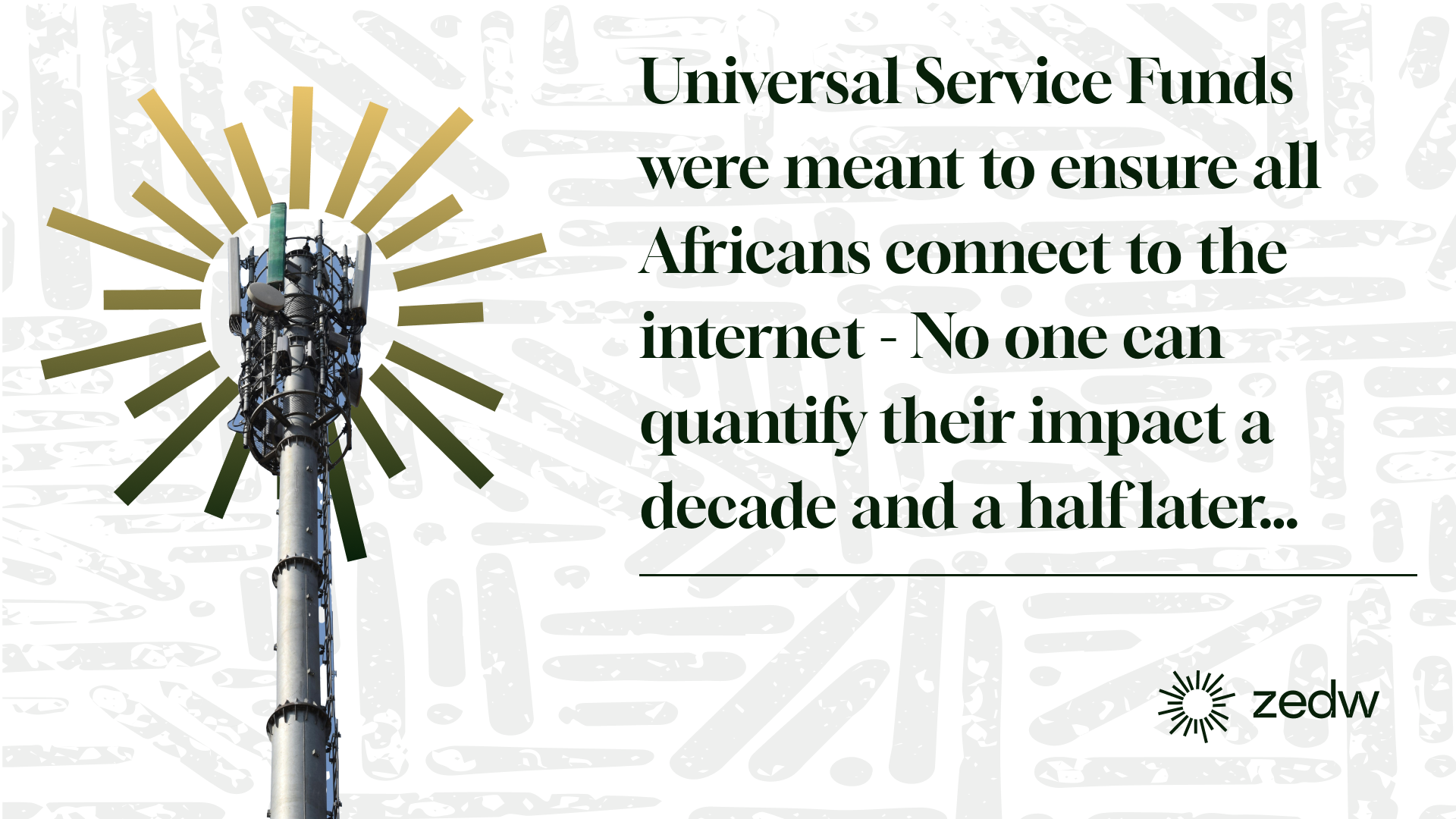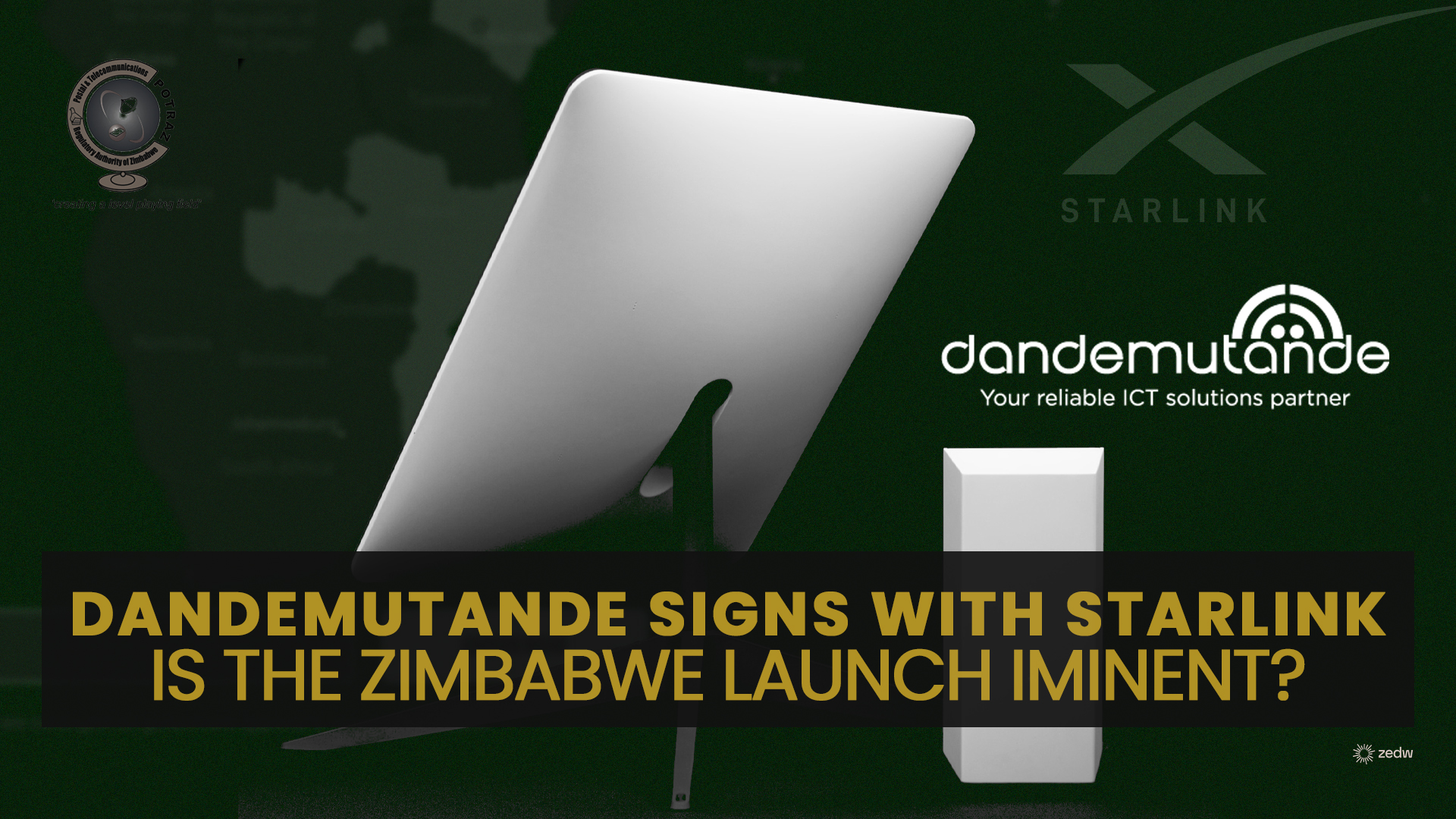The Botswana telecommunications space has healthy competition despite the relatively low population of 2.588 million. There are 3 mobile network operators who all double up as fixed network operators offering both ADSL and Fixed Wireless broadband.
Mobile Operator Space
Over 5 years (2018 – 2022), mobile subscribers grew by 27% from 3.35 million to 4.24 million. Mascom has the largest market share at 43% which is followed by Orange with 38% and Botswana Telecommunications Corporation (BTC) with 18%. Mobile broadband subscriptions have experienced a sharp rise in subscriptions in the past 5 years of up to 60%. That is from 1.52 million subscribers in 2022 to 2.435 million subscribers as of March 2022.
The highest driving factors for this according to Botswana Communication Regulatory Authority (BOCRA) are more consumer-friendly mobile internet packages as well as the influx of cheaper smartphones reducing the barrier to entry for mobile internet subscribers.

Fixed Operator Space
The growth in fixed broadband subscriptions grew by 121% between 2018 and 2022. Fixed broadband subscribers stood at 50,154 in 2018 and shot up to 111,851 as of March 2022. Mascom also dominated on fixed broadband with a market share of 43.5%, Orange comes in second at 30.6%, and BTC at 25.9%.
BTC is the sole provider of fixed telephony services (Landline) but has since seen a very sharp decline in subscribers of 35% in the past 5 years. that is 141,835 subscribers in 2018 to just 90,518 in March 2022.
The expected long-term market trend is that there may be a further decline in subscriptions as consumers favour mobile technology for various reasons, including cost, flexibility, mobility, and diversity of value-added services
BOCRA Annual Report 2022
ADSL’s prevalence is also being challenged by Fixed Wireless technology for broadband access. The 5-year trend has seen ADSL subscriptions drop from 40,164 in 2018 to 28,942 in March 2022 whilst Fixed Wireless subscriptions grew from 10,350 to 82,909 in the same period.
Botswana Telecommunications Infrastructure
Botswana’s mobile network infrastructure comprises a total of 5,690 base stations with the majority of them, 2,326 being 2G. As of March 2022, there were a total of 5 base stations providing 5G connectivity in Botswana, all of which are owned by Mascom. LTE coverage now sits at 90% of the Botswana population up from 56%. Mobile penetration rate stood at 210% in 2022 up from 191% in 2021.

As for Fixed network infrastructure, fixed teledensity dropped from 7% in 2021 to 4% in 2022. Only 18% of households in Botswana have access to fixed broadband internet up from 15% in 2021.
Botswana Fiber Networks (BoFiNet) is a state-owned enterprise owning a majority of the country’s fiber network infrastructure. As of 2020, BoFiNet had laid 10,600km all over the country. They operate as both a wholesaler for bandwidth as well as an access network provider for customer-facing operators (Mascom, Orange, and BTC). BoFiNet also holds the majority of the country’s equipped international bandwidth at 66.3Gbps out of 90.79Gbps.









